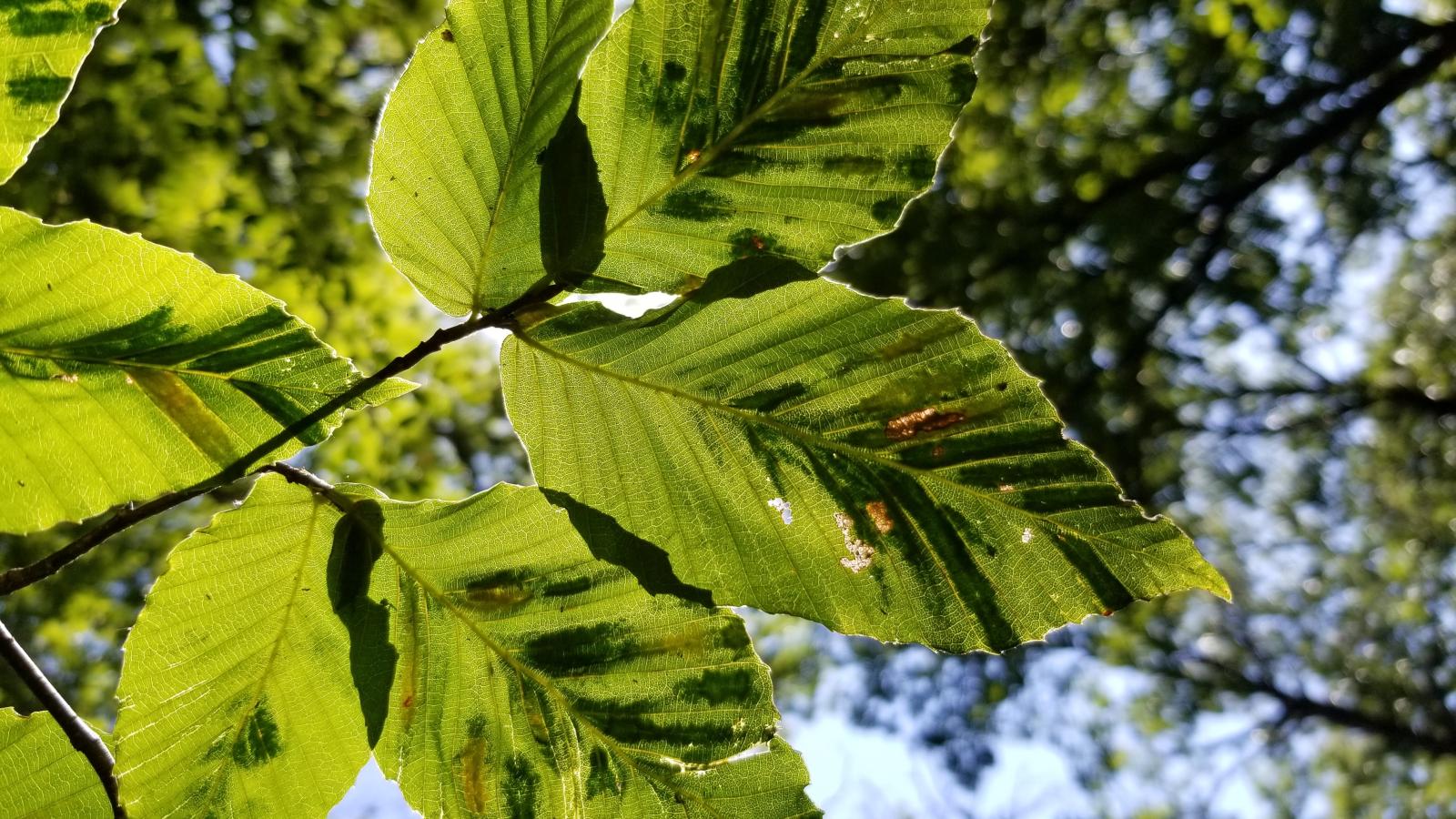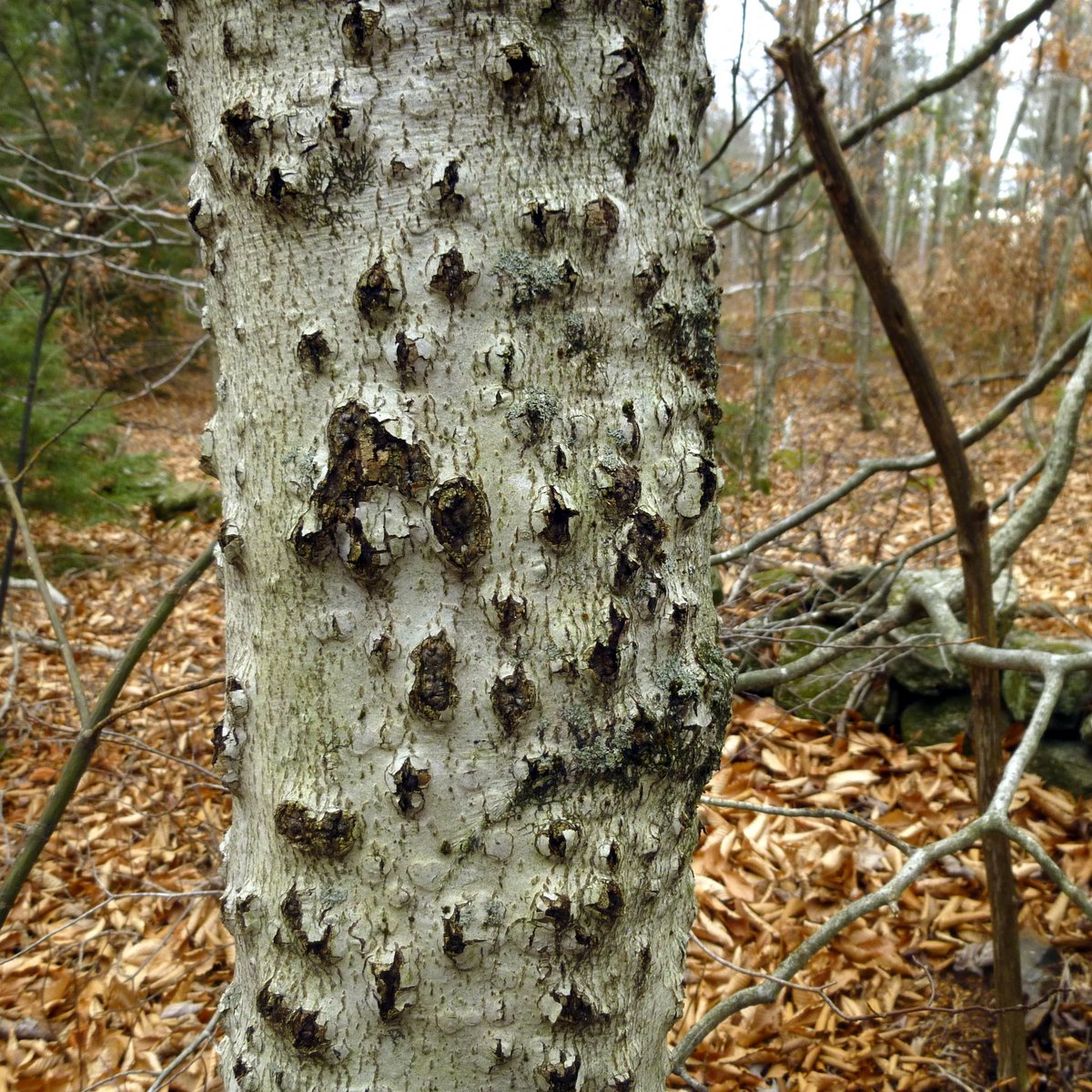BEECH TREE DISEASE


FREE HOME EVALUATION
Beech leaf disease and beech bark disease are two major tree diseases affecting beech trees. Beech leaf disease, caused by a nematode, results in characteristic dark bands on leaves, leaf distortion, and eventual tree death. Beech bark disease, a combination of beech bark scale and a fungus, weakens trees and makes them susceptible to fungal infections, leading to bark splitting and cankers..
Beech Leaf Disease (BLD) poses a substantial threat to beech trees in the eastern United States, affecting all types of beech trees, including our native beech, Fagus grandifolia, and European beech trees, Fagus sylvatica. The disease is caused by a foliar nematode, a type of microscopic roundworm, that feeds inside the leaf buds of beech trees. When the leaves emerge, they have a characteristic striped appearance, and may become curled, leathery, or withered as the season progresses. Over time, the canopy will thin as it loses leaves, and the tree will no longer be able to photosynthesize, causing it to die. Small saplings may succumb to BLD in a year or two, while larger, more mature trees can die within 7 to 10 years. Unfortunately, the disease has already spread rapidly in our region and is currently found in all 67 counties in Pennsylvania. (Updated June 6 2025)
